Mobile phone users now expect networking anywhere, anytime. However, new research has found that calls are no longer the main task of mobile phones. Accessing social media sites, surfing the web, and using your favorite apps is a new focus for users. Because of this trend, the consumer market now expects cars to offer the same connectivity and functionality.
This article refers to the address: http://
Much like today's mobile phones, "permanent online" connected cars will usher in exciting user/vehicle interactivity. There are many ways to make connected cars a reality.
One solution is to embed a smartphone in a car dashboard or center console, but it will still be limited. Mainly because mobile network sharing is difficult to adapt to many expected in-vehicle information needs.
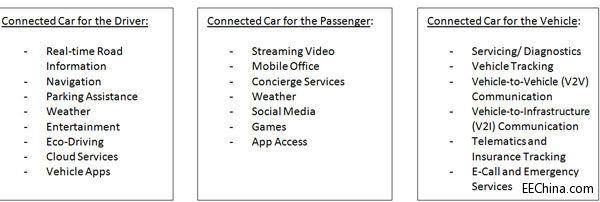
Figure 1: "Networked Cars" and its three major categories of features or features
In fact, the mobile phone network is mature enough to get good 4G/LTE network coverage in most parts of the world. In addition, the data download and upload costs are very low, and the technology is also very advanced, making "permanent online" connected cars popular with consumers.
Endless possibilities
The features offered by permanent online connected cars are almost limitless. The functions of connected cars can be divided into three categories: services for drivers, passengers and the vehicle itself (Figure 1).
Connected car: driver
In recent years, motorists have been able to use satellite navigation and car radios. Improvements to "permanent online" connected cars include real-time traffic jam updates; navigation map updates; parking assistance; and real-time information about restaurants, gas stations, cinemas, exhibitions and other Internet services.
To help strengthen environmental protection, Fiat Auto recently launched a new 'eco: Drive' (green driving) program. The program can assess and upload the behavior of motorists and compare them with other drivers. The idea is to encourage safe and economical driving, and the cloud server remotely collects aggregated data from all drivers via a smartphone or home computer. The most economical drivers will receive the top honors of the Internet Eco-league. This is an excellent example of the functionality of connected cars.
Connected cars can also use the parking assistance applications supported by the Internet to pass parking information directly to the car, bringing the driver to the right parking spot. Drivers will also be able to enjoy better entertainment, using connected broadcast services such as Pandora and an email-to-speech system that can listen to email or social media information on the go.
Connected car: passenger
The passengers made a series of different requirements. The desire of passengers to access social media and access online video via the Internet is growing. Running your favorite Android apps and accessing cloud-based music services is also a basic passenger usage requirement. Some of the requirements are met by smartphones, but in high-end luxury cars, passengers want a dedicated rear-seat display that connects to the front-seat infotainment console/dashboard display to meet these needs. They also want an Internet hotspot in the car so their smartphones can share the wireless network connection inside the car.
Connected car: car
Perhaps the biggest change that people expect from connected cars is the ability of the car itself. Each car will become a node of the Internet and can send and receive information. This will help with maintenance schedules and remote diagnostics. The car-to-vehicle communication system will alert other drivers to problems in front of them, or will automatically call emergency services in the event of a malfunction or accident.
The European eCall specification requires that all new cars in 2015 be able to automatically contact emergency services. Internet services such as a comprehensive upgrade of the in-vehicle system software can be realized through FOTA, saving the trouble of going to the dealer again. In the future, useful applications can be downloaded and installed directly into the in-vehicle system, as long as the appropriate security measures are in place. Some car manufacturers have built online stores and launched licensed downloadable apps.

Figure 2: Car networking (source: iSuppli, August 2011)
How to connect?
Automakers are looking for ways to install 4G/LTE modems in their cars for a "permanent online" connection. 4G/LTE has a faster data rate than previous cellular infrastructure, with a downward transfer rate of up to 150Mbs and an upward transfer rate of 50Mbs. 4G/LTE can also support mobile phones with a mobile speed of 100 kilometers per hour or more, and the switching time of mobile phones is only about 400 milliseconds. Automakers are working with mobile data service providers to develop data plans to increase roaming data plans and reduce download costs. The LTE standard can be applied to many different frequency bands. North America uses 700-800MHz and 1700-1900MHz, while Europe uses 800MHz, 900MHz, 1800MHz and 2600MHz. In Asia, 1800MHz and 2600MHz are used. Therefore, a country's embedded car cellular modem may not be suitable in another country, so that some localization work needs to be done.
The method of networking via smartphones is very mature, as shown in Figure 1, and this approach will continue to be popular. The establishment of the Car Network Alliance (CCC) standardized the network sharing protocol and developed the device interoperability standard MirrorLink (). In addition, the Alliance has detailed provisions for Universal Plug and Play (UPnP) to limit access to in-vehicle applications. Another standard is Virtual Network Computing (VNC), which enables the smartphone's display to act as a thin client for the infotainment host. The app can then run on the smartphone, but only on the vehicle's mainframe. The Internet of Vehicles Alliance has grown into a leading automotive industry alliance with 80 members, accounting for 70% of global automotive capacity. The alliance will also define the license for in-vehicle applications. Automakers will want to pay close attention to which applications can be used in the car.
Embedding a cellular electronic device in the car enables a "permanent" connection. Some semiconductor manufacturers have introduced system-on-a-chip (SoC) solutions such as the “LTE Stack†(Long-Term Evolution Stack), such as Nvidia Tegra 4 SoC and Renesas MP 6530. 4G/LTE Technology There are also specific Multiple Input Multiple Output (MIMO) antenna requirements that need to be reflected in the car.
The meaning of embedded software design
It is expected that there will be 100 million lines of software code in luxury cars by 2016, many of which will come from in-vehicle infotainment systems and will support connected car-related applications. The automotive industry is focusing on running the software using a small number of standard operating systems such as GENIVI Linux and Android. The GENIVI Alliance is expected to announce its 4.0 Linux infotainment system specification in April 2013, and the components have been built to support a wide range of infotainment services. Since Android has become popular in the smartphone market, it also provides another possible in-vehicle infotainment system solution for connected car platforms. By using a standard operating system, automakers believe they will be able to reduce costs, make parts reusable in the future and exchange between automakers and their Tier 1 suppliers. The maintenance and update costs of the previous generation of proprietary operating systems were very high.
Dc Gear Motor, namely Gear Reduction Motor, is based on ordinary Dc Motor , coupled with gear reduction gearbox.
The gear reducer is used to provide low speed and large torque.
At the same time, the gearbox with different deceleration ratio can provide different speed and torque.
Generally different industries, using different power dc motor, generally adopt custom parameter design pattern.
What are the four ratings of the Dc Gear Motor? The DC gear motor is often seen in our industrial production. Here Shunchang Motor gives you the knowledge of its four ratings. To talk about
1. Rated Current: The rated current is the maximum current allowed to flow through the armature winding of the DC deceleration motor in accordance with the specified operating mode, in A.
2. Rated Voltage: The rated voltage is the maximum additional voltage that the armature winding of the motor can work safely, unit V. It
3. Rated Speed: Rated speed refers to the rotational speed of the Gear Reducer Motor in the rated voltage, rated current and output rated power under the circumstances of operation, the unit is r/min. Such
4, rated power: rated power refers to the motor in accordance with the specified mode of operation can provide output power. For motor, rated power is the output of mechanical power on the shaft.

precision instruments and meters,automobile industry, medical equipment, consumer electronics, household appliances, electric glass doors and Windows,etc., wide application range
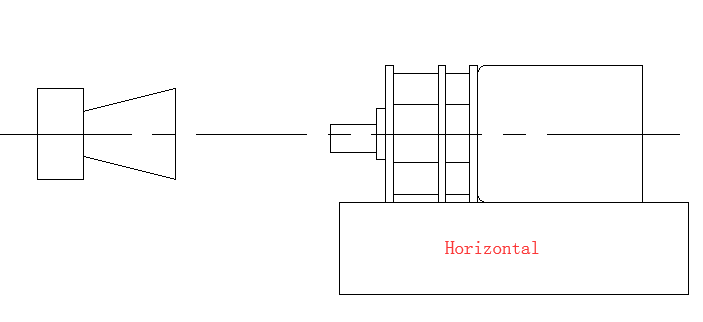
Features: gear motor drive precision, small volume, large torque, low noise, durability, low energy consumption, customized power design,easy installation, easy maintenance;Simplify design and save space.
Method of use: the best stable in horizontal plane, installed on the dc gear motor output shaft parts, cannot use a hammer to knock,knock prone to press into the dc gear motor drive, may cause damage to internal components, and cannot be used in the case of blocked.

Operating temperature range:
Geared motors should be used at a temperature of -10~60℃.
The figures stated in the catalog specifications are based on use at ordinary room temperature catalog specifications re based on use at ordinary room temperature (approximately20~25℃.
If a geared motor is used outside the prescribed temperature range,the grease on the gearhead area will become unable to function normally and the motor will become unable to start.Depending on the temperature conditions ,it may be possible to deal with them by changing the grease of the motor's parts.Please feel free to consult with us about this.
Storage temperature range:
Geared motors should be stored ta a temperature of -15~65℃.
In case of storage outside this range,the grease on the gearhead area will become unable to function normally and the motor will become unable to start.
Service life:
The longevity of geared motors is greatly affected by the load conditions , the mode of operation,the environment of use ,etc.Therefore,it is necessary to check the conditions under which the product will actually be used .The following conditions will have a negative effect on longevity.Please consult with us should any of them apply.â—Use with a load that exceeds the rated torque
â—Frequent starting
â—Momentary reversals of turning direction
â—Impact loads
â—Long-term continuous operation
â—Forced turning using the output shaft
â—Use in which the permitted overhang load or the permitted thrust load is exceeded
â—A pulse drive ,e.g.,a short break,counter electromotive force,PWM control
â—Use of a voltage that is nonstandard as regards the rated voltage
â—Use outside the prescribed temperature or relative-humidity range,or in a special environment.
â—Please consult with us about these or any other conditions of use that may apply,so that we can be sure that you select the most appropriate model.
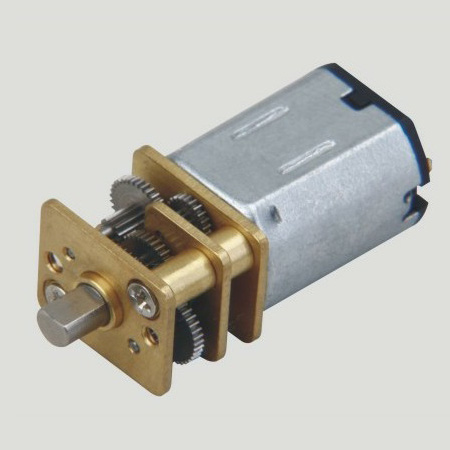
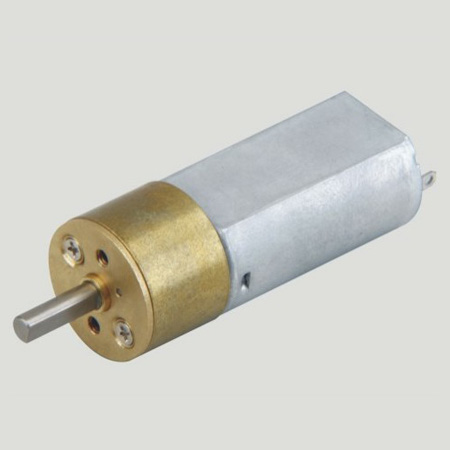
when it come to volume production,we're a major player as well .each month,we rurn out 600000 units,all of which are compliant with the rohs directive.Have any questions or special needed, please contact us, we have the engineer group and best sales department to service to you Looking forward to your inquiry. Welcome to our factory.
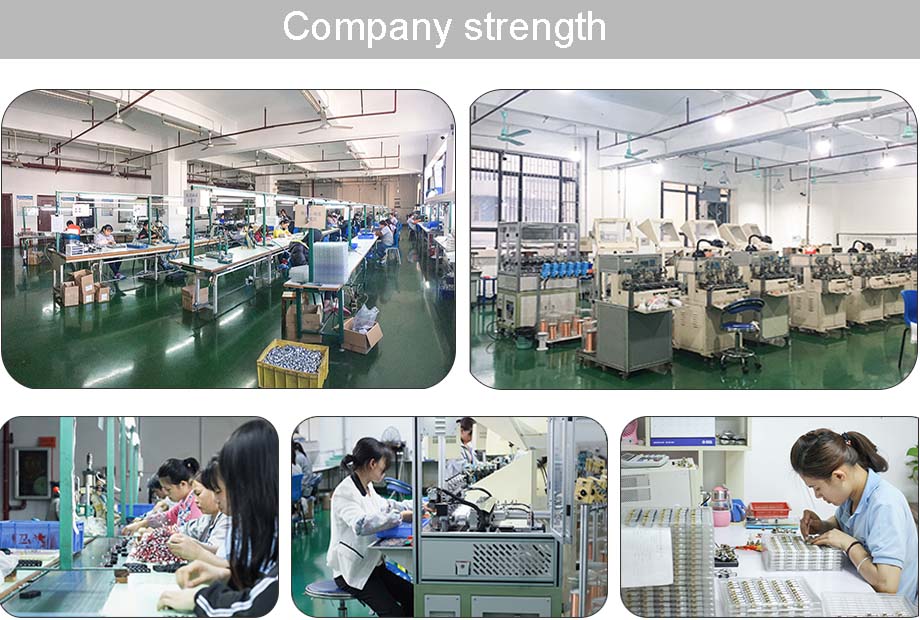
Gear Motor
Gear Motor,Micro Gear Motor,Small Gear Motor,Bike Lock Gear Motor
Shenzhen Shunchang Motor Co., LTD. , https://www.scgearmotor.com